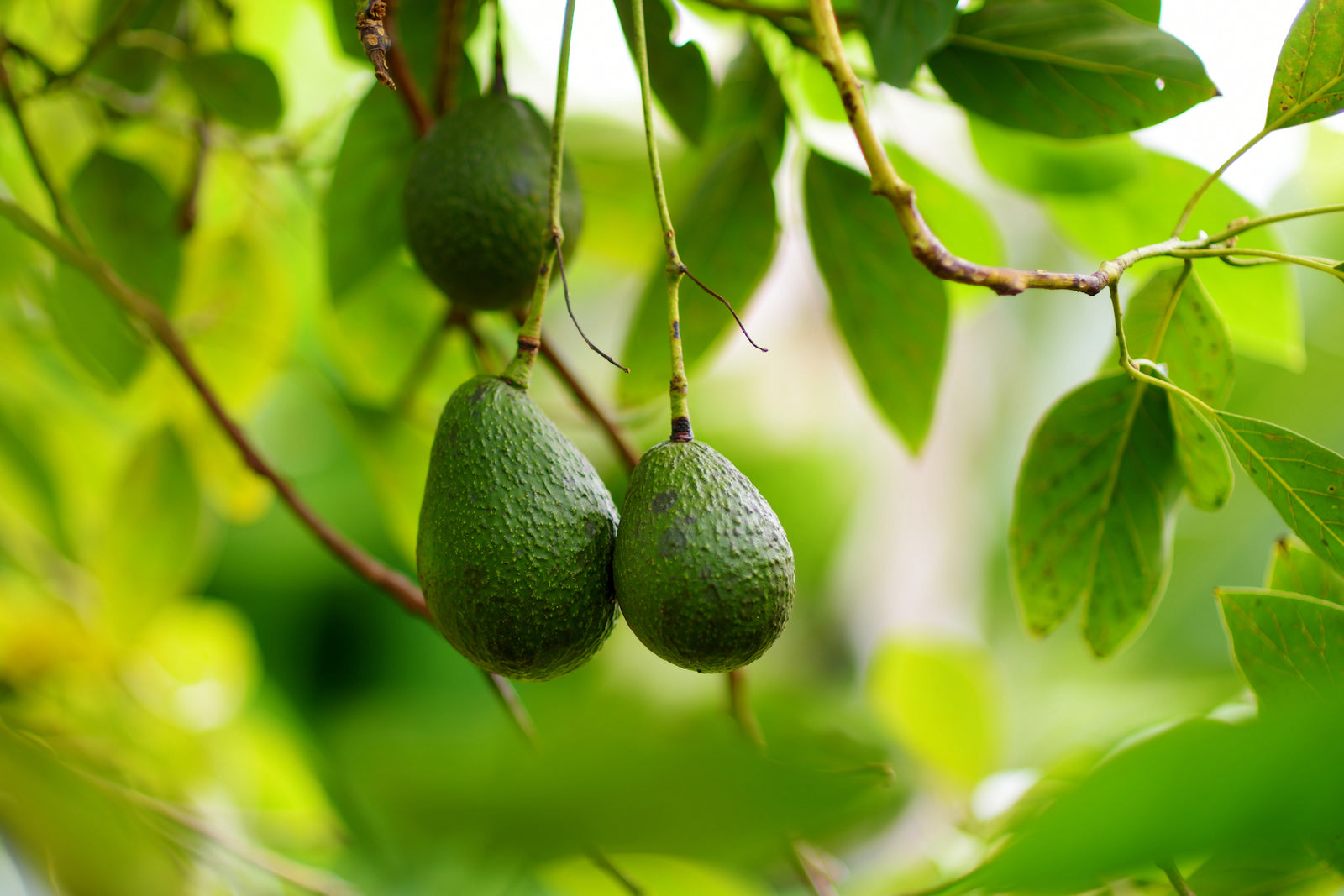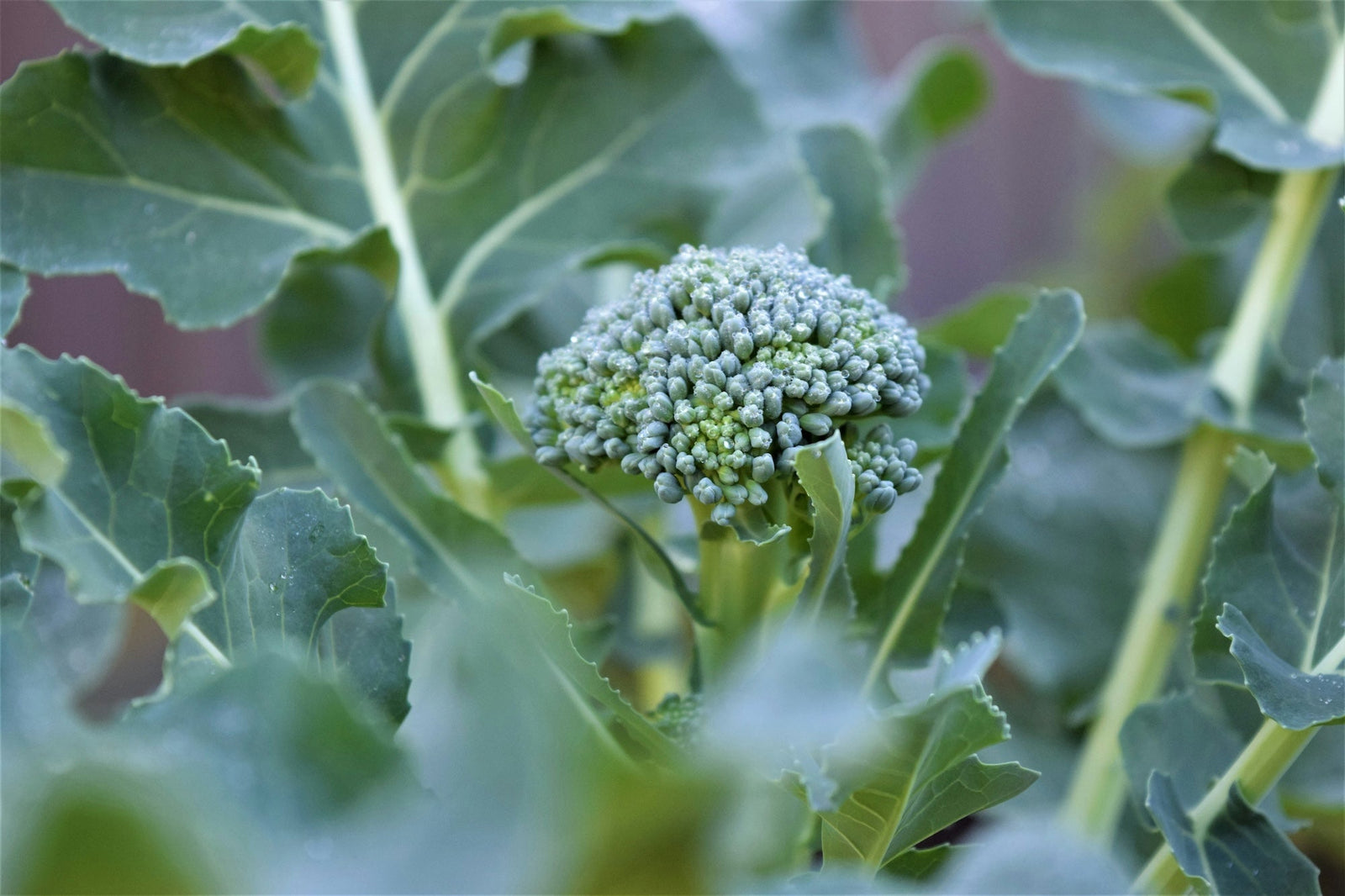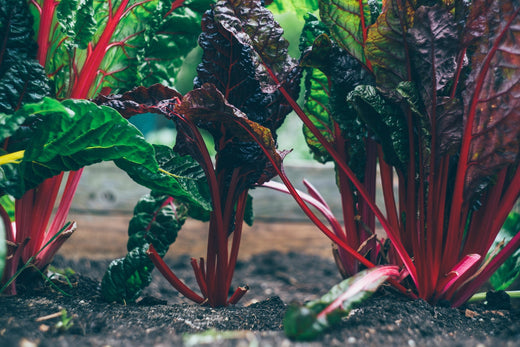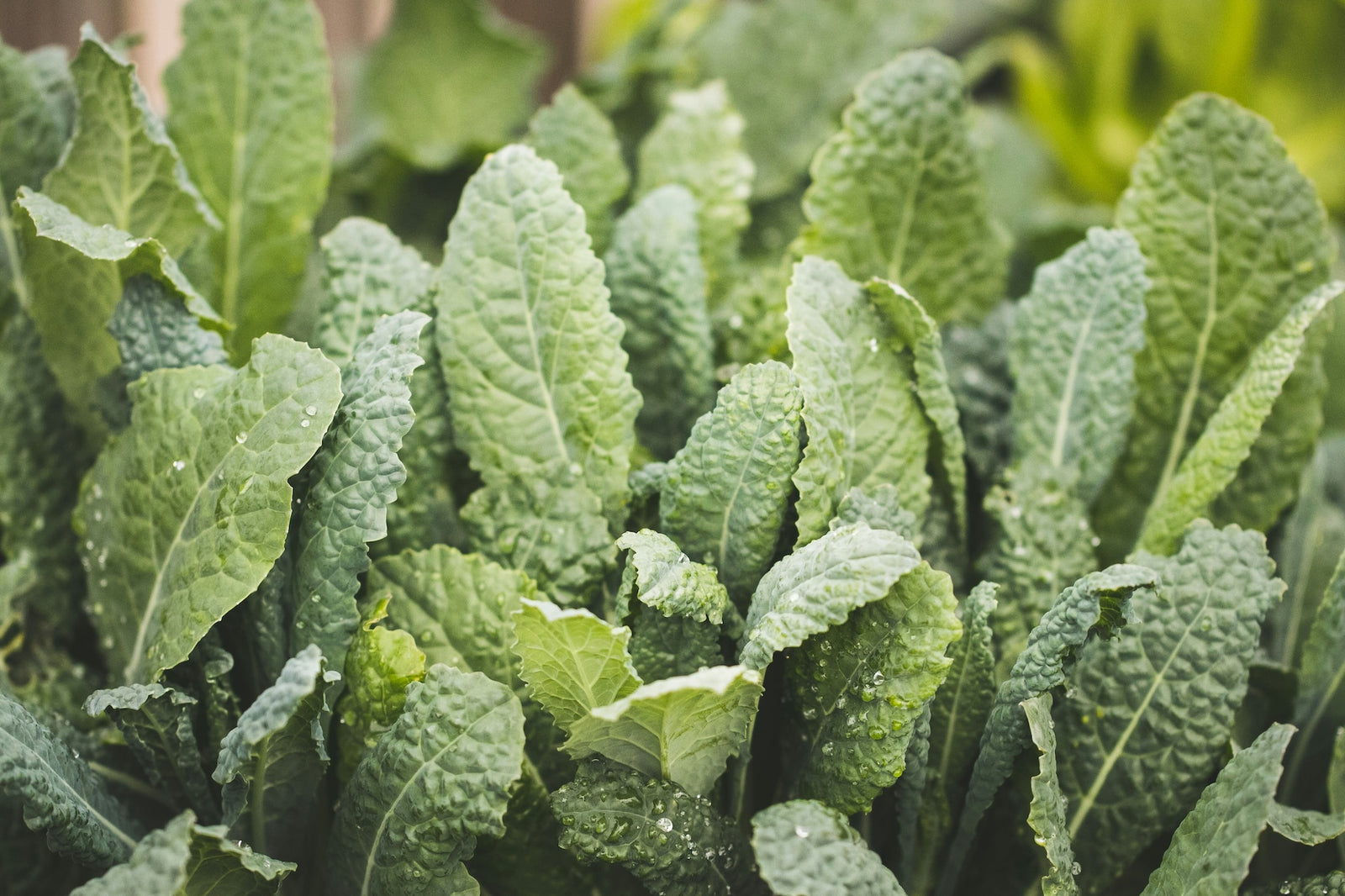
We love avocados, and we know that California is the place to get the best ones. An avocado tree will make a great addition to the yard for any avocado-loving family. Avocado trees grow rapidly, but they do take some time to mature. With these tips and a little patience, you can look forward to a delicious and abundant avocado harvest.
QUICK ANSWER
The best avocados to grow in San Diego:
Consider adding these avocado varieties to your garden:
- Hass
- Reed
- Fuerte
- Bacon

A COMPARISON
Growing avocados in San Diego
|
Type of Avocado
|
Harvest Season |
When to Plant
|
Frost Sensitivity Threshold
|
| Hass | April-October | March-June | 32°F |
| Reed | July-October | March-June | 32°F |
| Fuerte | November-June | March-June | 26°F |
| Bacon | November-March | March-June | 26°F |
- Characteristics: Hass avocados now dominate the market. They are medium-sized, with pebbly skin turns dark when ripe. Hass avocados boast a rich nutty flavor. Reed avocados are very large and round. The fruit has smooth, creamy flesh with a shell-like skin. Fuerte avocados are medium in size, with a distinctly nutty flavor. The fruit has smoother skin and a somewhat pointed shape. Bacon avocados are medium-large; they have very thin skin and a smooth, buttery texture. However, the flavor is much milder than other varieties, with a hint of sweetness.
HOW TO GROW AVOCADOS 101
Tips to Grow Avocados in San Diego
While it is possible to grow an avocado tree from a seed at home, the odds of the plant thriving and eventually producing fruit are very slim. Picking up a young tree from your local garden center is much more likely to result in success.
Planting in the spring is ideal, since young trees will not be exposed to frost or be damaged by sun and heat. Your avocado tree will grow best in full sun. Keep in mind that it will take about three or four years before your tree is mature enough to produce fruit, but the wait will be well worth it!

SOIL
When selecting a location for your avocado tree, it's important to remember the soil conditions that will allow it to thrive:
- Soil type: Avocado trees need well-draining soil. Loose, sandy soil is well suited for avocados, particularly if it is slightly acidic. Avocado trees have a shallow root system, so try not to plant them near pavement or in an area that lacks good aeration.
- Fertilization: The easiest way to feed your avocado is to use a mixed fertilizer specifically recommended for citrus and avocados that contains nitrogen, phosphorus, potassium, and zinc. In coastal zones, divide the amount of fertilizer for the year (check package specifications) into five equal applications and give one feeding each month from February through June.
These quick soil tips will help you ensure that your avocados can reach their full potential.
WATER
For the first year, generously water your avocado tree every two or three days. Water trees more frequently if you live inland and experience hot summers.
- Water thoroughly: Provide enough moisture to saturate the root area. Feel your soil to determine watering frequency; only water your tree if the top of the soil is dry to the touch.
- Adjust for the season: Remember not to overwater in the winter. Irrigate if the weather is unusually dry and soil is not moist. Mulch helps with water retention.
Understanding the water requirements for your avocado trees throughout the year will pay off as your trees stay healthy and fruitful.
MAINTENANCE
Now that your avocado trees are growing, they'll need a bit of maintenance to ensure that they keep thriving. Here are some quick guidelines for avocado care:
- Allow fallen leaves to remain on the ground beneath the tree. This will aid in protecting the tree's shallow roots, as well as keeping the soil moist.
- Mulch regularly. Studies have shown that a very thick layer of mulch protects avocado trees from avocado root rot.
- Prune your avocado tree as needed. Take off the low horizontal branches that develop close to the ground, as well as any dead wood you can find. When your tree is young, make sure the main limbs measure three to four feet apart to allow better access to the tree.
- Avocado trees are prone to heat damage if a sudden, excessive heat wave occurs. Their stems and leaves can burn as the tree tries to conserve water. Damaged branches must be removed; otherwise, the tree will be more susceptible to pathogens. Look here for details on heat damage management.
HARVESTING AVOCADOS
HOW TO HARVEST AVOCADOS IN SAN DIEGO
When and how do I harvest my avocados? Bacon and Fuerte avocados are harvested starting in autumn and continuing through spring. Hass avocados are ready to pick from spring to fall, and Reed avocados are harvested from summer to fall. Refer to the table above for specific months. If you plant avocado varieties that have alternating seasons, you can enjoy fresh avocados all year long!
Mature avocado fruit can either be snapped off the stem or clipped. Leaving a remnant of stem on your fruit can help you know when some varieties are ready to eat (if the "stem button" falls off easily). However, there is no significant effect on how quickly the fruit ripens. A clipper pole or basket pole can prove useful if you have a large tree. Try not to leave your avocados in the sun for too long after picking them.
Keep these guidelines in mind and you'll be soon be enjoying your homegrown avocados!
More Resources:




